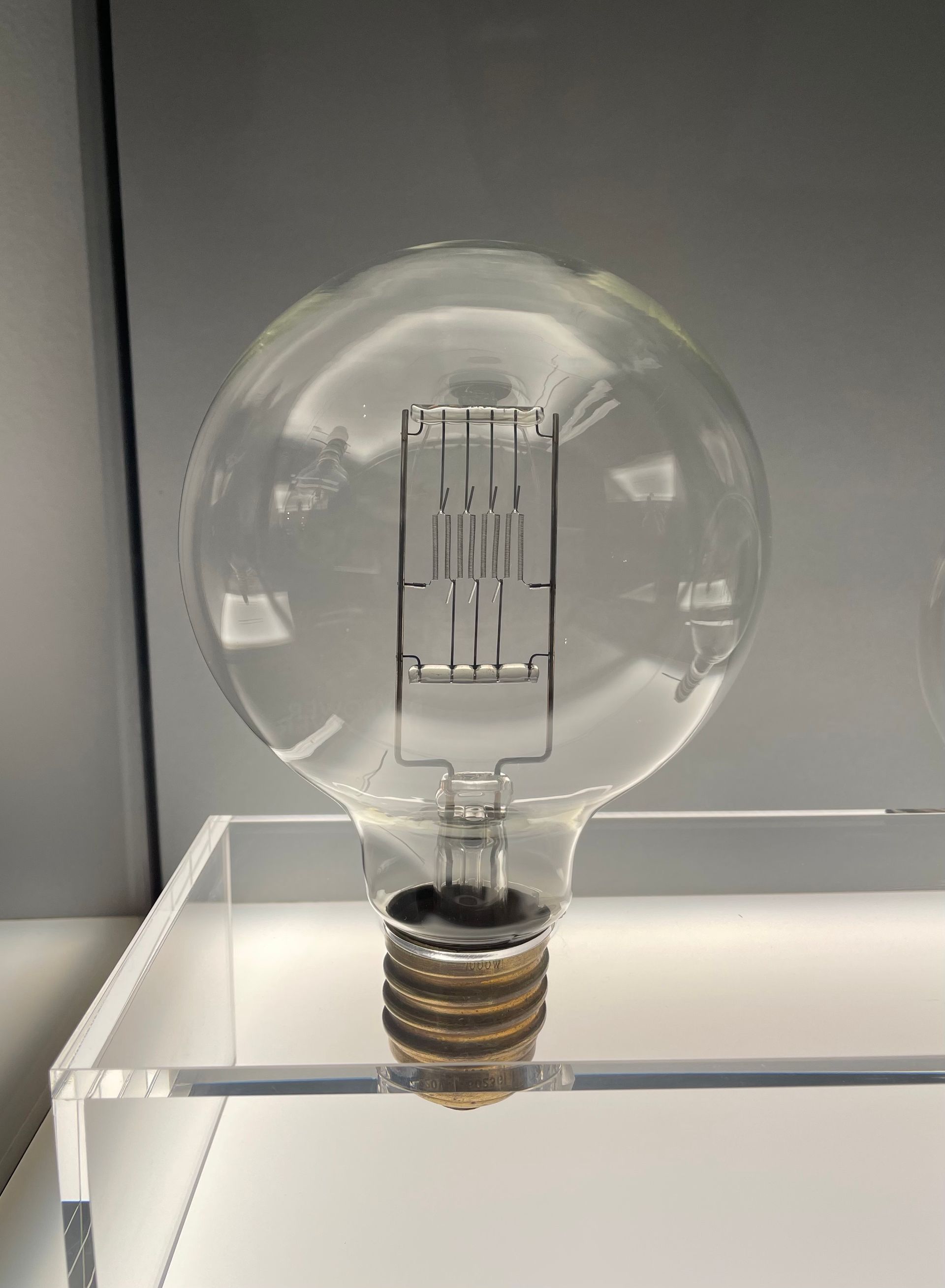Comments on New England Forward Clean Energy Market Proposed Market Rules, Version 1
Pursuing an FCEM may be a distraction and counterproductive to achieving public policy objectives

Summary
The Massachusetts Department of Energy Resources (MA DOER) issued its New England Forward Clean Energy Market: Proposed Market Rules, Version 1 (FCEM Proposal) in January 2023 with contributions from The Brattle Group and Sustainable Energy Advantage. The FCEM Proposal’s aim is to be a trading platform for multiple regional and state clean energy and capacity certificates consistent with the region's wholesale electricity markets, governed by the six New England states, and administered by the ISO-NE or a new affiliate.
The FCEM Proposal is unlikely to fulfill its stated objectives, will take several years to implement even under favorable assumptions, and faces multiple challenges that may further delay or undercut its implementation. The Proposal has the following significant limitations:
• Its claims of enhancing efficiency and maintaining reliability are unsubstantiated and depend on having regional clean energy and capacity certificates that are broadly accepted by states, regionally traded, and linked to cost-effectively reducing greenhouse gas emissions, whereas the FCEM Proposal likely traded products are state-specific and indirectly connected to reducing greenhouse gas emissions.
• It creates a complex web of multiple clean energy and clean capacity certificates overlaid with existing markets for energy, capacity, and emission allowances, subject to federal and state legal and regulatory uncertainty, particularly in the initial years of implementation.
• Its governance structure has yet to be determined, let alone finalized.
• To be implemented, many other vital components must be specified, including the auction mechanism, organizational structure, funding source and budget, credit and market monitoring policies, product definitions, and associated market rules.
Achieving substantial reductions in greenhouse gas emissions reliably and cost-effectively is necessary for the health and welfare of New England residents and creating the broad base of necessary political support. Pursuing a FCEM may be a distraction and counterproductive to achieving these more general policy goals.
The FCEM Proposal is Unlikely to Achieve its Stated Goals
The FCEM proposal makes some strong but unsubstantiated claims regarding achieving its desired goals:
1. “The competitive FCEM platform will offer a robust financial commitment sufficient to attract large-scale investments in new clean energy projects, utilize a forward auction structure to drive competition and innovation, and secure clean energy supply at affordable prices” (p. 1).
2. “The FCEM will offer a more competitive and transparent platform for consumers and policymakers to procure their clean energy requirements at lower prices and in a fashion that shifts risks from consumers to producers” (p. 3).
3. “Because clean electricity incentives will be incorporated into a regional market structure, the FCEM will substantially harmonize the investment signals provided by the ISO-NE electricity markets with the investment signals needed to achieve state policy requirements” (p. 3).
4. “Further, the FCEM and new regional clean attribute products transacted through the FCEM will be designed to offer incentives that are in alignment with operational dispatch incentives that meet reliability and policy requirements at the lowest combined cost” (p. 2).
The FCEM Proposal asserts but does not substantiate these claims. Perhaps the assumption is that these claims have already been demonstrated in the multiple FCEM reports and presentations that have been made over the last several years, some of which are identified below in the Reference section.
The underlying premises of these other documents are that regional clean energy and capacity certificates can be developed that are (a) broadly accepted by states and regionally traded and (b) linked to cost-effectively reducing greenhouse gas emissions. The economic value of a regional market for clean energy certificates is that they are accepted throughout the region and that they replace the fragmented and inconsistent, and perennial changing definitions of clean energy certificates among the six New England states. The FCEM Proposal does not, however, solve this underlying issue, and it retains the State-Defined Certificates (Table 2, p. 11) while proposing yet-to-be-defined regional certificates.
Specifically, neither of these assumptions (a) and (b) are valid per the FCEM Proposal. The FCEM effort has been underway for at least five years, and there is yet to be adefinition of regional clean energy and capacity products that all six New England states agree upon. Although the MassachusettsDOER had “interviews, comments, and discussions" (p. i) with the other five New England states in developing the FCEM Proposal, it does not claim agreement and, in fact, acknowledges that the Proposal needs to be refined "into a comprehensive market structure" (p. i).
Regarding assumption (a), the FCEM Proposal further underscores just how undetermined these regional product definitions are for the four regional products (New England Renewable Energy Certificate, Clean Energy Attribute Certificate, GHG Marginal Abatement Certificate, and Clean Capacity Certificate).
"Table 2 summarizes the general description and technologies eligible to sell each regionally-defined FCEM attribute product. The preliminary determination of eligible technologies under each product will be refined by representatives of New England states based on stakeholder input, consistent with the FCEM guiding principles to maximize the benefits that the FCEM can offer to the New England states" (p. 10).
Regarding assumption (b), the FCEM Proposal “does not include enhanced greenhouse gas (GHG) or carbon dioxide emission pricing but is designed to be forward-compatible with higher GHG pricing that may rise through other states, regional, or federal policies" (p. 2). Pricing GHG emissions is generally accepted (by economists at least) as the most cost-effective way to reduce them. Putting aside what “forward-compatible” means or why it is the case, at best the FCEM does not conflict with efficient GHG pricing.
The FCEM Proposal does contain a GHG Marginal Abatement Certificate using a "pre-defined standardized abatement rate" to reflect the marginal GHG reduction (Table 2, p. 11), which is determined three years in advance to accommodate the timeline of the FCEM auction (p. 12). The accuracy and cost-effectiveness of abatement certificates depend on the locational marginal emission (LME) rate and the administratively determined abatement rate. Moreover, it needs to be established whether these certificates will reduce GHG emissions beyond what would occur under the Regional Greenhouse Gas Initiative (RGGI).
The FCEM Proposal creates a complex web of multiple clean energy, and clean capacity certificates overlaid with existing markets for energy, capacity, and emission allowances, subject to federal and state legal and regulatory uncertainty, particularly in the initial years of implementation. Besides creating four new clean energy certificates, the FCEM Proposal has substantial variations for many of these certificates, such as three possibilities regarding resources (any preference for new or new required) (Table 5, p. 29) and accommodating phased entry of new clean energy projects such as large-scale offshore wind (p. 33). Moreover, some products are for multiple years, such as the "new resource price lock-in (p. 4) and the "10-year demand volume commitments" (p. 4), and allow up to ten distinct demand bid segments for some certificates (p. 28). The availability and definitions of these certificates could change annually (p. 9), new ones could be proposed (p. 10), and there would also be the existing and potentially changing state-defined products. The auction would accommodate both buyers and sellers indifferent to buying or supplying several cross-products (p. 24, Figure 4 Notes; p. 42), requiring the auction mechanism to track these requests and the substitutability and non-substitutability of different products. Furthermore, sellers can specify whether their offers can be partially cleared, including within segments (p. 42) and whether their offer is contingent on receiving a multi-year price and volume lock-in (p. 36). The FCEM Proposal acknowledges that multiple runs of the auction may be needed, a "clearing run" and a "pricing run" to work (p. 48, footnote 31).
The result of all these market elements is potentiallyilliquid markets that result in volatile prices that are hard to interpret and not signal efficient future buying and selling behavior given the complex interaction among multiple certificates with the wholesale electricity markets and ever-changing products and definitions. The FCEM Proposal permits the banking of certificates, which would help reduce price volatility from "end price effects" (p. 21, footnote, 21), but would not completely address all the causes of illiquidity. Some of the desired features in the FCEM Proposal introduce mathematical difficulties, "non-convexities," into the problem that makes it difficult to solve in theory let alone in practice.
The FCEM Proposal Will Take Multiple Years to Implement and Faces Implementation Challenges
Since November 2017, the FCEM has been under discussion in New England (see date of Brattle et al. presentation in the Reference section). Assume that all six New England States agreed on January 1, 2024, the governance structure, certificate definitions, stakeholder processes, market monitoring, mitigation, and budgeting and administration; at best, the first 3-year forward auction would occur in 2025, with delivery in 2028. This schedule assumes a very optimistic one year to standup a board of directors, create an organization, workout the myriad of legal and jurisdictional issues between the states and the Federal Energy Regulatory Commission (FERC) and the FCEM and the ISO-NE, and test and validate its complicated auction mechanism.
This schedule is optimistic for several reasons. First, the most compelling one is that even after five years of discussions, the FCEM Proposal has major, open-ended questions about its governance, product definitions, and auction mechanism. The FCEM Proposal does not provide a reason to believe that in 2023, six states with different approaches to clean energy policy, different politics, and priorities will suddenly agree upon a meaningful regional solution that garners even some of the benefits the FCEM Proposal claims.
Second, the list of legal agreements that would need to be reviewed and potentially modified is extensive: the region’s Open Access Transmission Tariff (OATT), the NEPOOL Participants Agreements, and the NESCOE Memorandum of Understanding (p. 8), the first two require FERC approval along with extensive procedural and time-consuming process requirements. "Through the market would be FERC-jurisdictional, state representatives would take the primary role in developing and approving new FCEM market rules through appointing the six members of the FCEM-NE Board of Directors" (p. 7). This approach is a significant reordering of the political power structure of the region's electricity markets. Regardless of what one thinks of this current governance structure, changing it to shift power from the FERC to the states and from NEPOOL to the states will take work.
Third, as noted in the prior section, the auction mechanism is complicated, given the multiple products and their variations. The FCEM Proposal provides a qualitative description of the FCEM Auction Clearing Optimization Formulation (Equation 3, p. 48). Until the actual mathematical formulation is provided (which requires finalizing certificate products and definitions), tested to demonstrate that it is both solvable under a wide range of market conditions and strategic offering and bidding behavior and scalable to being implemented, there is little reason to believe that this is auction is workable.
Fourth, the startup financing of the FCEM organization needs to be specified. The FCEM Proposal states that it "will be funded through a surcharge on transactions with the FCEM” (p. 9). Still, these transactions will not occur after at least four years, one year of organizational startup, and three years for the first forward capacity market to settle financially. Taking the annual cost of RGGI as a rough guide, which is $3.4 million for 2023, $13.6 million would be needed to start up the FCEM, assuming that everything goes to plan on a very tight schedule. The RGGI budget estimate may need to be higher, given the complexities of the FCEM auction design discussed above. The FCEM Proposal also envisions a trial phase "to serve modest volumes of demand in the initial years" (p. 2). Suppose there are insufficient FCEM transactions to recover the startup and ongoing expenditures. In that case, a vicious cycle could occur in which more and more costs are allocated to fewer transactions grinding them to a halt.
There are several other significant implementation challenges. The FCEM's Board of Directors would substantially influence the pricing and payments to many clean energy investments requiring extensive and transparent conflict of interest protections. Developing a Market Monitoring and Mitigation capability for many new products that interact in complex ways with each other and with wholesale electricity products would be a new endeavor. Cross-product market manipulation is a significant issue within wholesale electricity markets, and the FCEM would introduce more opportunities for such behavior. Credit policies, stakeholder engagement processes, and coordination with the ISO-NE must also be developed and honed.
The FECM Proposal characterizes itself as "draft rules" (p. 1), which is inaccurate. It is a framework with many open-ended issues to be agreed upon in principle, let alone finalized at the level of details needed to be market rules, such as NEPOOL's Market Rule 1, as the FCEM Proposal intends (p. 8).
Conclusion
The clean energy transition of New England’s electricityand broader energy sector requires a comprehensive and workable policy so that it can be accomplished economically and reliability. The FCEM Proposal, while directed at these goals, falls short due to being incomplete, vague, and fluid while also being potentially unworkable and counterproductive. New England and the broader Northeast region have in place the appropriate policy framework consistent with the design of their wholesale electricity markets to achieve decarbonization goals efficiently and reliably by further reducing the regional cap on carbon dioxide emissions over time.
References
Brattle Group, Transition to New England’s Future Grid, Forward Clean Energy Market: A Market-based Option for States to Achieve their Clean Electricity Goals, July 2020 (with links to full studies)
Brattle Group and Coalition Partners, A Dynamic Clear Energy Market in New England, November 2017
MA DOER, New England Forward Clean Energy Market: Proposed Market Rules, Version 1, January 2003
Regional Greenhouse Gas Initiative, Inc. Meeting of the Board of Directors, December 2, 2022
See also: https://www.iso-ne.com/committees/key-projects/new-englands-future-grid-initiative-key-project/






